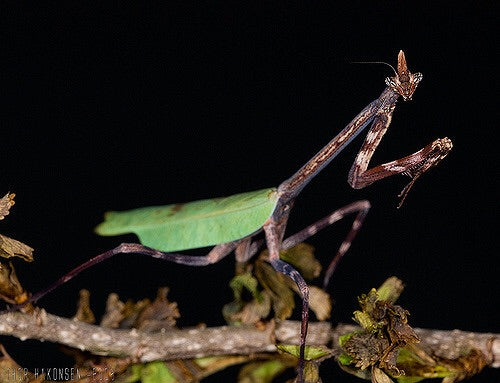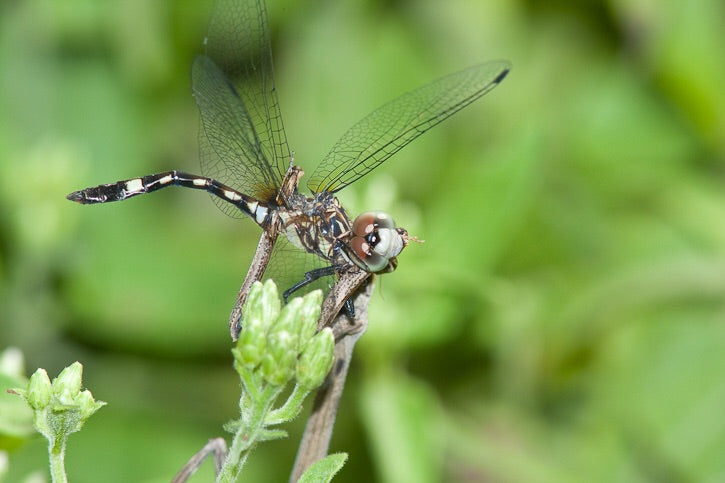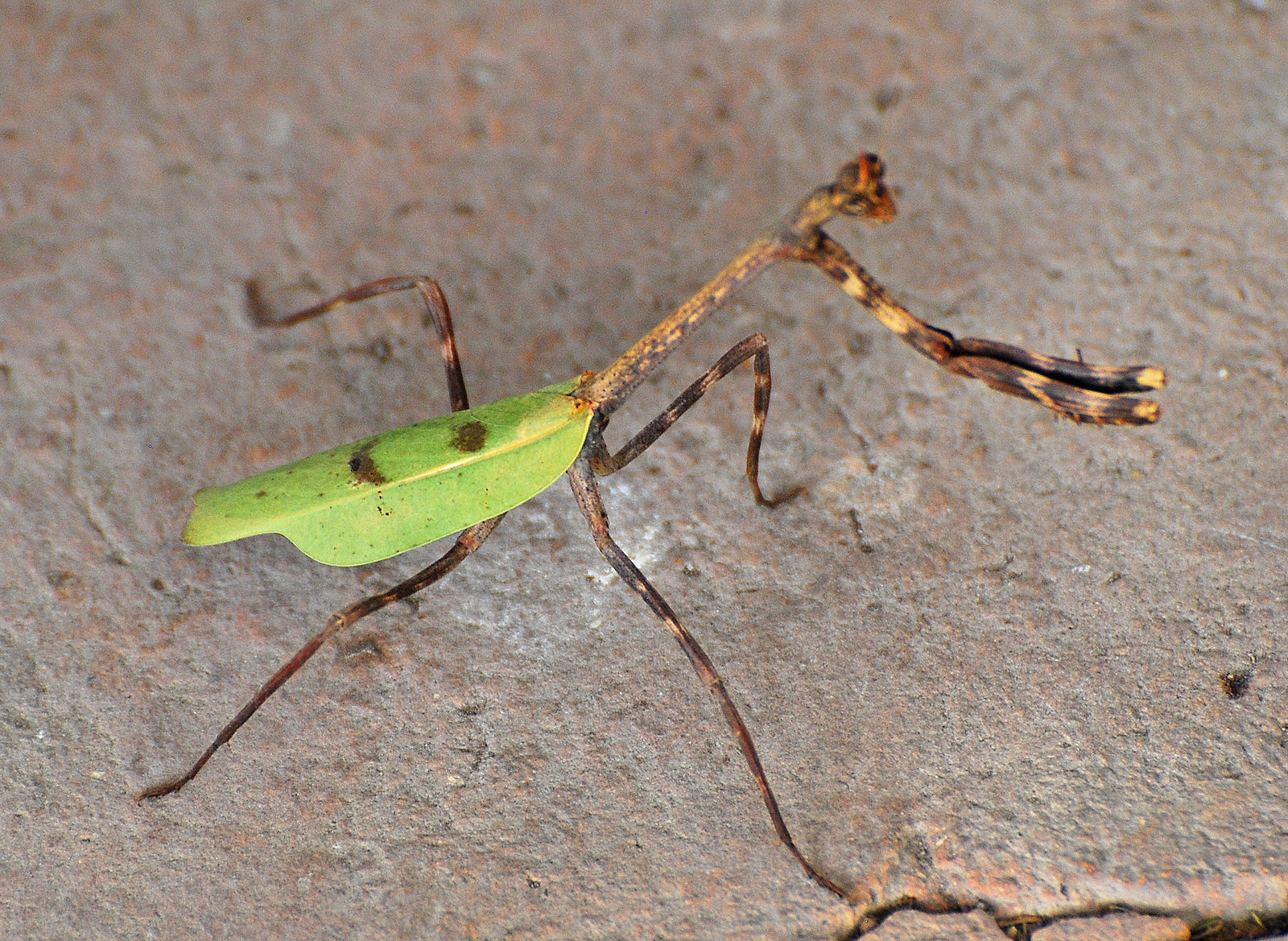


Sold out
Phyllovates chlorophaea, with the common name Texas unicorn mantis,
$45.00 - $60.00
is handsome species is among our largest and bulkiest mantids; females can exceed two and three quarters inches. Despite visible differences, our two unicorn species are similar even down to the angle of the markings on the tegmina. Phyllovates chlorophaea does not have notable lobes on the legs and abdomen.(Orin)
All captive stock of this species originated from captive breeding
Difficulty: intermediate—advanced. Also known as the silent
Development:
Nymphs are sturdy and can take a lot of abuse but can suffer from mismolts in the final instar with improper molting surfaces or lack of moisture.(Orin)
VERY slow to molt. Takes quite a while to get to adult.(brancsikia339)
- Longevity
Behavior/temperament:
They love to try to get out of their containers and explore. Calm when inside cage, very active outside.(brancsikia339)
Immatures that hatch at the same time can be reared together with few to no losses.(Orin)
- Degree of aggression or timidity
- Dynamics of threat display
Captive Environment:
Immatures that hatch at the same time can be reared together with few to no losses. Nymphs are sturdy and can take a lot of abuse but can suffer from mismolts in the final instar with improper molting surfaces or lack of moisture.(Orin)
- Temperature range and humidity levels
- Type and size of enclosure(s) used.
- Substrate or lack thereof
- Cage furnishings, e.g. molting surfaces, perches, décor, plants, etc.
Feeding:
Female are good eaters, will eat just about anything.(brancsikia339)
- Type and size of prey used and/or refused for various instars
- Quantity and frequency of feedings
Breeding:
Male flighted.(brancsikia339)
If you look closely at antennae, you can see the males' is a bit feathery.(brancsikia339)
A number of males and females should be kept to ensure future generations because successful mating is a challenge. While nymphs rarely bother each other, males are less often safe from females so they are not kept together except for mating. Successful copulation is more likely if there’s more than one male in the cage and the ambient temperature is 80-85F.(Orin)
- Sexing/sexual dimorphism (explanation of physical differences and/or adult sizes of the sexes)
- Time needed from last molt to copulation
- Tips: give us your methodology.
- Tips for inducing copulation and fecundity
- Tips for inducing female to lay oothecae
Oothecae:
As many as ten oothecae can be created though four or five good oothecae is common. They average fifty hatchlings per ootheca.(Orin)
Diapause not needed on ooths.(brancsikia339)
- Physical description and average size. Picture desired; include with other pictures at bottom of Care Sheet.
- Incubation time and temperature
Optional
- Health Issues: infections or illnesses encountered.
- Additional Observations: pertinent information which doesn't neatly fit anywhere else.
- Photos: up to five may be posted at the bottom of the completed template. Please limit these photos to no more than one of an ootheca, two of nymphs(different instars), one of an adult female, and one of an adult male.



